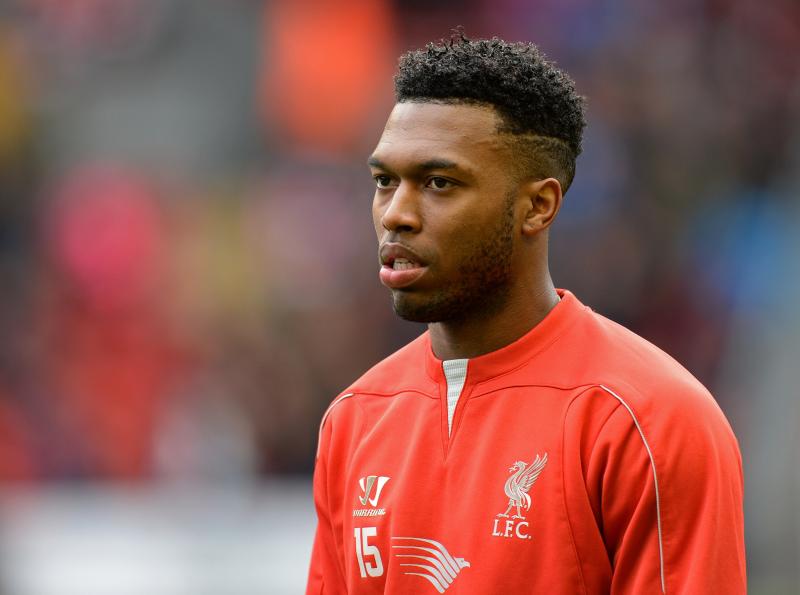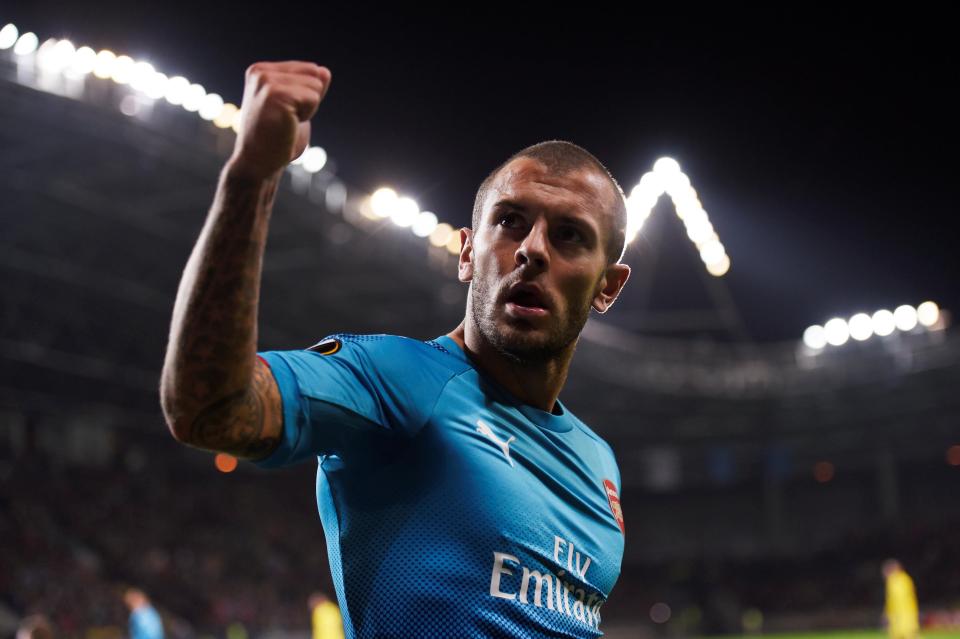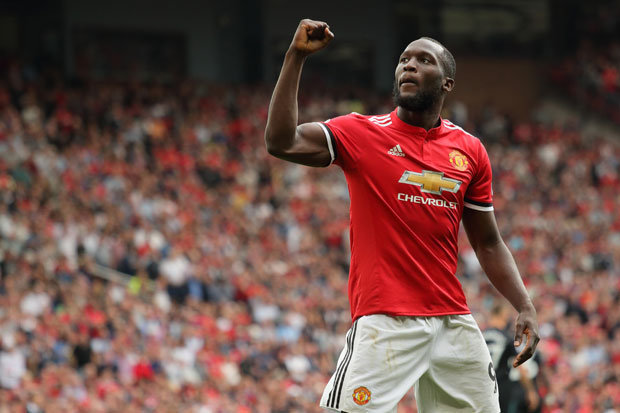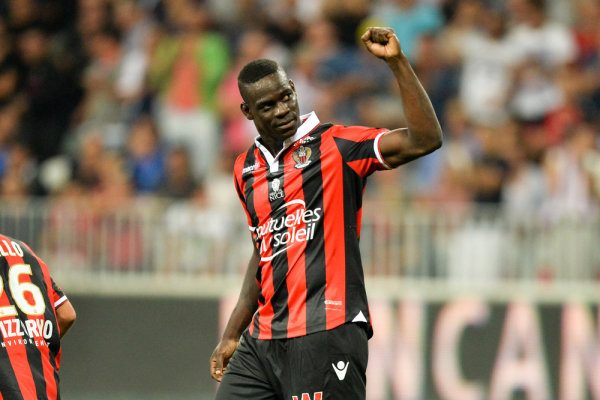The Mind of Conte: How Chelsea exploited Brighton’s defensive gaps

Formation
Unlike the home leg fixture in December when they played with 3-5-1-1, the Blues started with the more evenly spread 3-4-2-1 formation yesterday.
This might have been used considering the slow and easy-to-intercept build-up of the opponents which Chelsea experienced in the last leg.
Chelsea’s front 3 were meant to forepress the opponent backline which often pushed their game back and forced them to make slack long passes.
However, as Brighton started to become more compact at the midfield and also threatened Chelsea at the left wing, the Blues switched to a 3-5-2 to match their opponent’s 3-man central midfield from the end of the first quarter onwards.
Kante, Bakayoko, and Willian all then stayed in the midfield and kept the ball circulating till anyone found way towards the final third.
On the other hand, Brighton played with a 5-3-2 to maintain their hold in the midfield better than before. During the attacking transitions the full backs and wide center-mids would go up to attack.
Yet most of the time, they left their position too early to stop Chelsea’s counter in time.
Chelsea’s attacking style
The attacking trio of Willian, Batshuayi, and Hazard demonstrated an impressive one-touch passing combination, of which the second goal was the outcome.
Hazard passed to Batshuayi and while the defenders were watching the striker and crowding him in, Willian got into free space and scored on a one-touch layoff from Batshuayi.
The passing combination of Willian and Hazard was well-coordinated during the counters too which resulted in the third goal.
Willian and Moses also exhibited their passing combination at the right attacking wing. The duo has in fact been underutilised in attack due to the limited use of wings in Chelsea’s attacking strategy in the season so far.
Willian played effectively in the false 8 role as he became part of the midfield when Chelsea had to switch to a 3-5-2. Yet the Brazilian kept going up the field to initiate or join attacks which allowed Chelsea to transit to a 3-4-3 during attacking transitions when needed.
Hazard kept dropping back in both wider and deeper areas to collect the ball and carry on to the final third. The Belgian even dropped to the defensive zone getting into a good 1v1 against March and won possession. Batshuayi also dropped back and dragged his opponents to make space at the frontend of the pitch.
Brighton’s midfield bloc and gegenpressing
In the starting minutes, Brighton were distant-marking Chelsea players and could only make interceptions at the back. Chelsea could easily pass in between the opponent midline and even backline. This, along with Brighton’s unstructured defence in the box, also led to the two early goals by the Blues.
Chelsea were better in possession in the first quarter owing to the weak midfield structure of Brighton until the home team further closed down the gaps in their midline to stop Chelsea penetrating from there.
Brighton also relied on gegenpressing and forepressing to outnumber Chelsea and restrict their passing options. Thirdly, the home team multi-pressed Hazard and Batshuayi and won possession; these two were the main source of Chelsea’s penetration to the final third by dropping back.
Although Brighton were slow in their build up and were losing possession during that phase, they became defensively quick from the second quarter onwards.
All of this pushed Chelsea’s game back to their own half and forced them to make loose long passing. This gave the home team more possession allowing more frequent penetration into Chelsea’s half.
In response to Brighton’s gegenpressing and midline compactness, Chelsea switched to a 3-5-2 to match the opponents in the midfield battle. The away team was now sitting back to crowd up the defence.
The front two, Batshuayi and Hazard, also dropped back in the midfield to increase the shield in that region instead of pressing at the front. Bakayoko remained in the defensive midfield to help distribution and back passing. He made a few interceptions too forcing opponents to back pass.
As Brighton got swifter with their intercepting and gegenpressing, Chelsea quickened their counterattacks and even build ups to penetrate to the final third before the opponent could form their defensive loop.
Yet this led to uncoordinated passing and loss of possession by the Blues.
Chelsea’s weakness at left wing
Even after matching up with the opponent in the midfield Chelsea couldn’t regain their control. This is because every time Chelsea attempted to gegenpress or block them in the midfield, Brighton always had options to exploit the wings especially the left side.
Alonso didn’t offer any significant defensive contribution. On top of that Schelotto, Brighton’s main attacking threat, always found the left flank open to initiate counter attacks.
The home team mostly were mostly diverting their game to the full back. Schelotto, March and Groß made nice combinations to initiate quick counters from the left wing.
As Chelsea had to concentrate at the left flank to multi-press Schelotto, their passing options got restricted at the frontend.
Defensively too, the left flank was the opponent’s’ main target. Brighton aggressively intercepted and pressed at the left flank to push the game back in different occasions. The home team easily blocked the left flank via multiple pressing so Chelsea could rarely get used to that flank.
Tactical advantage of Zappacosta and Musonda
By the last quarter, as Zappacosta replaced Alonso, he executed a tight marking job on Schelotto at the left flank unlike Alonso. It was also Zappacosta’s 1v1 tackle against Kayal, which won Chelsea the goal-leading throw in.
Zappacosta’s throw into the far side was long enough to escape the opponents crowd in Chelsea’s half. Even though the ball was being dealt with by Brighton, it was rescued by Willian’s interception who then crossed it to Hazard. The Belgian dribbled it to the goalmouth brilliantly and scored the third goal.
Another tactical advantage was Musonda’s replacement for Willian. The Belgian kept pressing Dunk at the right wing and forced him to make long passes which either went long or got blocked by Azpilicueta during a 1v1 against the corresponding winger.
While Willian was mostly being marked, Musonda was free to drop anywhere in the midfield and so was unmarked.
Since Brighton were concentrated in midfield while closing the gap between the backline and midfield to stop Chelsea’s penetration from there, Musonda sent a long, high pass to Moses in the opponent box.
Whereas Brighton’s defenders were occupied in marking Batshuayi and hazard, Moses moved up beyond Suttner and scored the last goal of the game via Musonda’s assist.
Written by Farkhanda Jabeen
Like O-Posts on Facebook
You can also follow O-Posts on Twitter @OPosts







0 comments